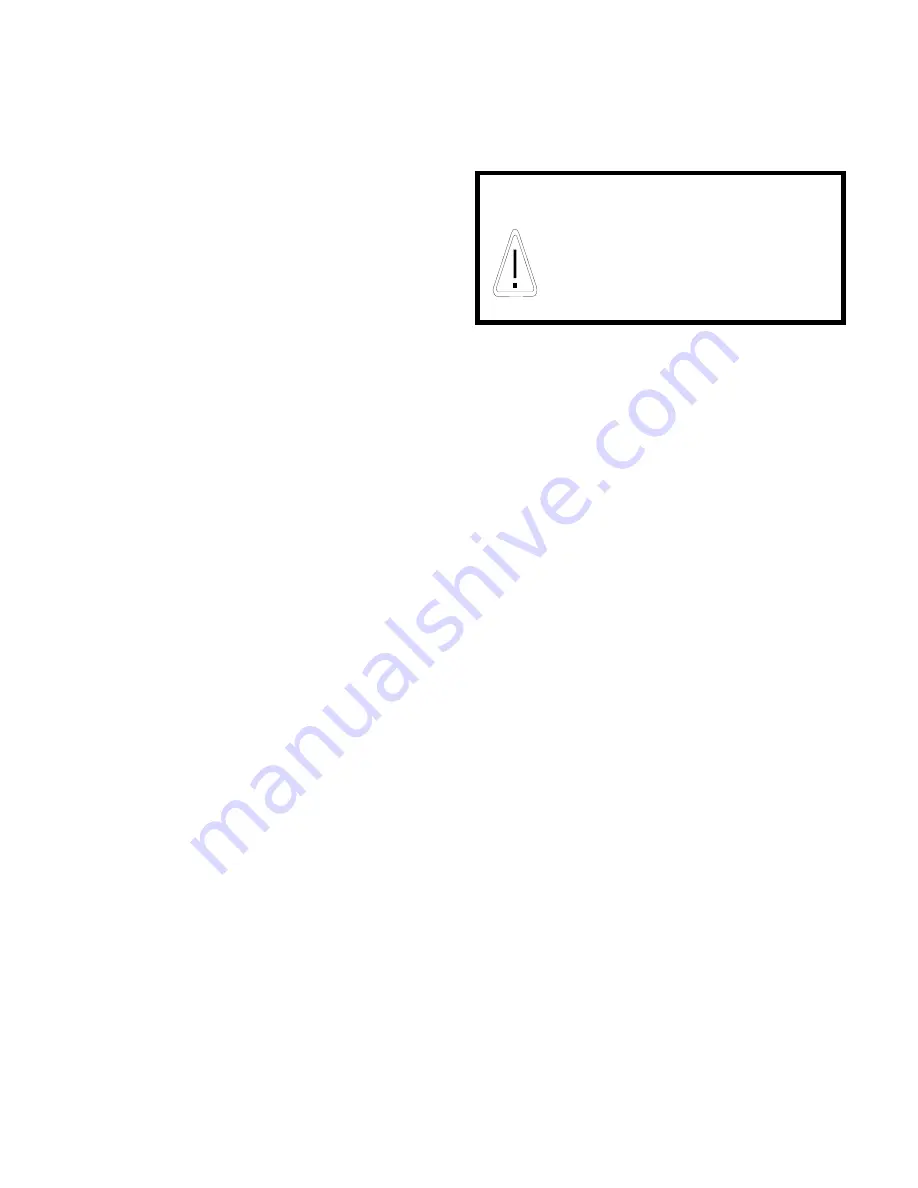
18
Warning
If the Anti-Scald Valve is not
installed to the Honeywell Sheet
SD/IS150, and this manual,
operation may supply SCALDING
hot water to the occupants.
To improve domestic hot water performance, Sentry versions T1.5 and newer, installed on Combi
boilers, go into a “Storage Mode” when demands for both space and domestic heat are finished. The
control will enter “Storage Mode” if the burner is on at the end of a demand. Once in “Storage Mode” the
burner goes to low fire, the 3-way diverting valve is energized (position “A”), and the circulator is
powered until a boiler temperature of 160°F is reached, at which point the control reverts to “Standby
Mode”. The “Storage Mode” will be interrupted by either a call for space or domestic heat.
Anti-Scald Valve
A Sparcomix AM101-US-1 is
provided with your package. This valve regulates the
water temperature leaving the plate heat exchanger,
and must be used in every instance. The dial can
be set to the desired temperature required. Consult
the Honeywell manual
SD/IS150
for detailed
instructions and settings
. (Note: the valve must be
set to a supply temperature of not more then 120˚F. It is the responsibility of the installer to set
the valve and remove the dial.)
Hard Water
Hard water conditions will cause the components of this appliance to form scale and
impede the normal operation of the unit. Water with hardness higher than 50 ppm Calcium carbonate
must incorporate a “Water Softener” prior to entering the appliance. Plugging of domestic system by
scaling or accumulation of dirt is not the responsibility of NY Thermal Inc., and suitable steps shall be
taken to avoid it.
Cleaning
Secespol brazed plate heat exchangers operate with high turbulence flow, even at low flow
rates. This high turbulence keeps small particles in suspension minimizing fouling and scaling.
However, in some applications the fouling tendency can be very high, e.g. when using extremely hard
water at high temperatures. In such cases it is always possible to clean the exchanger by circulating a
cleaning liquid. Use a tank with weak acid, 5% phosphoric acid or, if the exchanger is frequently
cleaned, 5% oxalic acid. Pump the cleaning liquid through the exchanger. For optimum cleaning, the
cleaning solution flow rate should be a minimum of 1.5 times the normal flow rate, preferably in a back-
flush mode. After use, do not forget to rinse the heat exchanger carefully with clean water. A solution of
1-2% sodium hydroxide (NaOH) or sodium bicarbonate (NaHCO3) before the last rinse ensures that all
acid is neutralized. Clean at regular intervals.
Combi Limitations
As the Trinity produces domestic hot water instantaneously, there are inherent
limitations that this system has.
1) NO STORAGE - As there is no water storage, the boiler can only provide water at the temperature
specified at the corresponding flow rates. Flow through the fixtures must be regulated so flows don’t
exceed the ability of the boiler to heat the water.
MORE FLOW = LESS TEMPERATURE
2) DOESN’T MAINTAIN TEMPERATURE – When there is no call for domestic the unit is off. From a
dead stop the unit will detect flow and start providing heat in 15 seconds, and be up to capacity by 25
seconds. Once running, the unit can provide an endless amount of hot water. If the flow is momentarily
turned off for whatever reason, the unit will turn off. Once off, the unit must relight, and not provide heat
for 45-75 seconds. This will cause cold unheated water to pass through the unit, and advance through
the domestic plumbing between the previously heated (hot) water, and the new (hot) water.
This can be
mistaken for an inability to adequately heat the water.
Procedure for Setting up Domestic Hot Water
If the combi boiler is being installed in an application
that uses municipal water, often the pressure is high enough to generate flow rates at the faucets that
will exceed the boilers capacity to heat it. See the following tables to determine what flow can be
expected at various inlet and outlet water temperatures.
















































